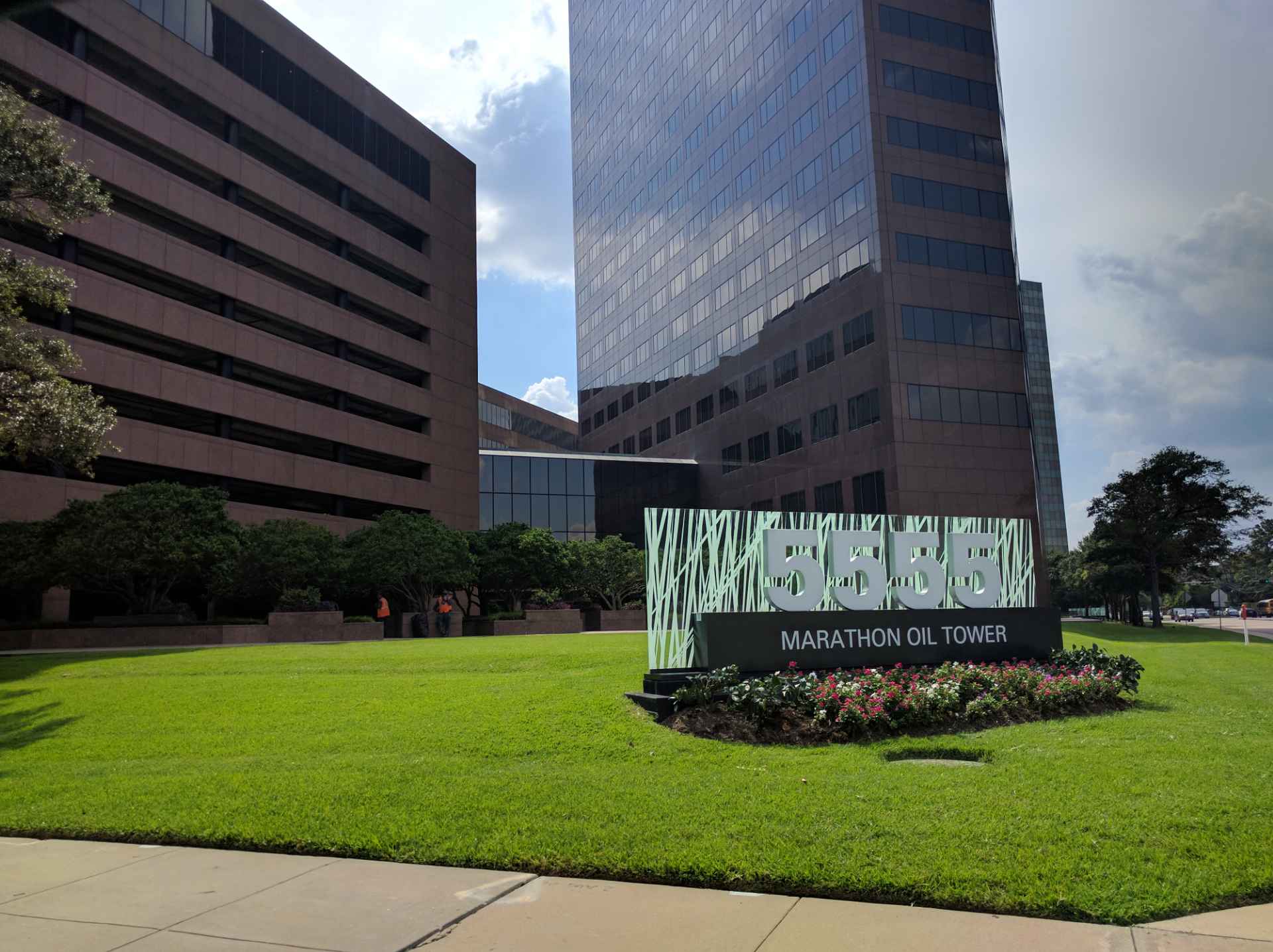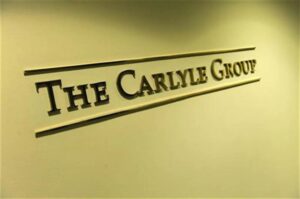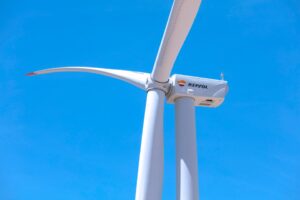
(Marathon, 1.Oct.2020) — Marathon Oil Corporation reported an update highlighting the reinstatement of a base dividend, recent debt reduction initiatives, and a transparent framework for future capital allocation and uses of free cash flow intended to maximize long-term shareholder value.
Highlights
— Reinstated quarterly base dividend at 3 cents per share
— Successfully tendered $500 million of 2022 notes, resulting in $100 million gross debt reduction
— Fourth quarter dividend and gross debt reduction more than fully funded by third quarter free cash flow generation
— Capital allocation framework provides free cash flow visibility and makes meaningful cash flow available for investor-friendly purposes
– In a $40/bbl to $45/bbl WTI price environment, intend to allocate at least 20% of cash flow from operations to balance sheet enhancement and return of capital to shareholders
– In a $45/bbl WTI or better price environment, intend to allocate 30% or more of cash flow from operations to balance sheet enhancement and return of capital to shareholders
— Resilience to lower commodity prices underpinned by free cash flow breakeven below $35/bbl WTI in 2021 benchmark maintenance scenario; maintenance scenario could deliver 2021 free cash flow of approximately $500 million at current commodity forward curve
— Committed to prioritizing free cash flow and corporate returns in all price environments
Dividend Reinstatement And Debt Reduction
Marathon Oil announced today that its board of directors has declared a dividend of 3 cents per share on Marathon Oil Corporation common stock. The dividend is payable on Dec. 10, 2020 to stockholders of record on Nov. 18, 2020.
Consistent with prior announcements, Marathon Oil also announced it has completed a cash tender for an aggregate principal amount of $500 million of its outstanding $1 billion 2.8% Senior Notes due November 2022. The tender proactively addresses the Company’s next significant debt maturity and was funded from cash on hand. The preliminary cash balance at Sept. 30, prior to funding the tender, was approximately $1.1 billion, which includes the recently completed remarketing of $400 million tax exempt bonds at a weighted interest rate of 2.25%, as well as free cash flow generated during third quarter 2020. The $500 million tender will result in a gross debt reduction of $100 million relative to the Company’s second quarter ending debt balance.
Both the $100 million gross debt reduction and fourth quarter dividend are more than fully funded by third quarter free cash flow generation.
Marathon Oil continues to maintain a solid balance sheet, is investment grade rated at all three primary rating agencies, and recently had its outlook upgraded to stable by S&P.
“While 2020 has included its fair share of challenges, we believe we have successfully repositioned our Company for success in a lower, more volatile commodity price environment,” said Chairman, President, and CEO Lee Tillman. “Through disciplined capital allocation, material cost reductions and a relentless focus on capital efficiency, we have materially enhanced our free cash flow generation potential and are positioned to deliver differentiated capital efficiency and peer leading free cash flow breakevens. Today’s announcement is evidence of our progress and our forward confidence, as we are reinstating a base dividend and reducing our gross debt. Maintaining a strong balance sheet and returning capital to shareholders are core elements of our value proposition, and we believe we are well positioned to do both in the current environment.”
Disciplined Capital Allocation Framework
Marathon Oil also provided an update on a transparent capital allocation framework that prioritizes sustainable free cash flow generation across a broad range of commodity prices.
“Marathon Oil has a track record of capital discipline, free cash flow generation, and return of capital to shareholders that is unique in our peer space,” continued Tillman. “Over 2018 and 2019, our average reinvestment ratio for development capital was below 80%, and we returned 23% of our total cash flow from operations back to our shareholders. Looking ahead, we aim to deliver similar shareholder-friendly outcomes, yet in a lower and more volatile commodity price environment – and with an even greater focus on free cash flow generation.”
In a $40/bbl to $45/bbl WTI oil price environment, the Company plans to target a total capital spending reinvestment ratio of approximately 70% to 80% of cash flow from operations, ensuring 20% to 30% of cash flow from operations will be made available for investor-friendly purposes – prioritizing balance sheet enhancement and return of capital to shareholders.
In an oil price environment above $45/bbl WTI, Marathon Oil plans to target a total capital reinvestment ratio of approximately 70% or less of cash flow from operations, ensuring 30% or more of cash flow will be made available for investor-friendly purposes.
Marathon Oil’s resilience to lower commodity prices is underpinned by a free cash flow breakeven below $35/bbl WTI in its 2021 benchmark maintenance scenario. This maintenance scenario would deliver total Company 2021 oil production in-line with the fourth quarter of 2020 for approximately $1 billion in total capital spending. At the current commodity price forward curve, this benchmark scenario positions the Company for free cash flow of approximately $500 million in 2021.
“The intent of our framework is to provide clear visibility to compelling free cash flow generation,” said Tillman. “We plan to dedicate a material portion of our cash flow to investor-friendly purposes, prioritizing further balance sheet improvement, while continuing to build on our unique track record of returning capital back to our shareholders. In the event of lower than expected prices, our resilience is underpinned by our differentiated capital efficiency and our sub $35/bbl maintenance scenario breakeven. If commodity prices outperform, we will continue to prioritize free cash flow. Production growth will remain an output, but would be capped at 5% in higher price environments, underscoring our commitment to capital discipline and free cash flow generation.”
__________

